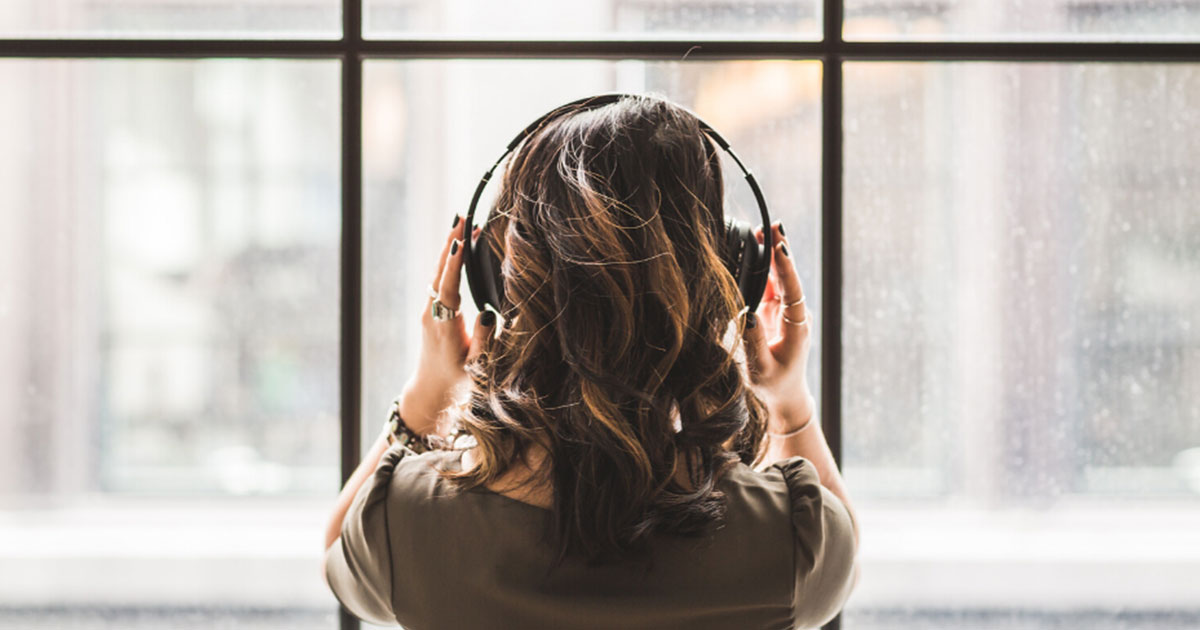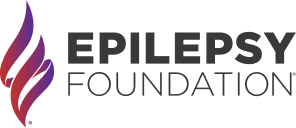Music, Epilepsy, and Autism Spectrum Disorder

Epilepsy News From: Tuesday, November 26, 2019
In this article, Emon Chakraborty PhD provides information about the risk factors of autism spectrum disorders (ASD) and epilepsy. The effect of music on the seizure frequency in these conditions is also reviewed.
Complex and Co-existing Conditions
- Autism spectrum disorders (ASDs) and epilepsies are both complex conditions.
- They frequently coexist with other developmental disabilities, including developmental delay, intellectual disability, and behavioral impairments.
Genetic Testing
The clinical genetic testing strategy for epilepsies and ASD are similar and involve use of these test in order
- Chromosomal microarray (CMA) for detection of genetic imbalances
- Targeted next-generation sequencing gene panels for detecting the causal mutations
- If the reports are normal, whole exome sequencing may be done
Risks
- Intellectual disability (ID) is the major risk factor for epilepsy in children with ASD. In children with IQ level higher than 70, approximately 4 in 100 develop epilepsy.
- Besides IQ, age is the only other consistent risk factor for developing epilepsy in ASD. In children 10 years and younger diagnosed with ASD, it was only after the age of 10 years that the majority of seizures developed.
- The extent to which seizures impact learning or language depends on seizure frequency, location of seizure activity in the brain, and how much of the brain is involved in the comorbid condition.
Can music improve learning in children with epilepsy and autism spectrum disorder?
Learning of language in infants is highly based on the musicality of sounds. Since children with ASD appear to respond better to music than to spoken words, music therapy may help children with ASD improve their skills in social interaction, verbal communication, initiating behavior and social-emotional reciprocity.
The following studies make a case for studying the effect of music in children with ASD and epilepsies:
- In a study of 11 Taiwanese children with refractory epilepsy aged 2 to 14 years, seizure frequency was looked at for 6 months before music and during 6 months of playing to Mozart K.448 for them. The findings showed that 73% of these children had a 50% or greater reduction in seizure frequency, with two children becoming seizure free during exposure to music. There were no significant differences in response according to seizure type, IQ, or gender.
- Another study looked at the effect of passive exposure to K.448 by randomizing 73 adults and children with neurological impairment and refractory epilepsy to overnight exposure to Mozart K.448 versus no exposure during a 1-year treatment period. Of the people exposed to Mozart, 80% had a reduction in seizure frequency with 25% being seizure free. This compared with only 36% of people having a reduction in seizures in the unexposed control group.
Further study in this unique area of neuroscience will help to define what aspects of a musical stimulus are important for the anticonvulsant effect and what aspects may be potentially proconvulsant.
References
Bodner M., Turner RP, Schwacke J., Bowers C, Norment C. Reduction of seizure occurrence from exposure to auditory stimulation in individuals with neurological handicaps: A randomized controlled trial. PLoS ONE. 2010;7(10):e45303.
Bolton PF, Carcani-Rathwell I, Hutton J, Goode S, Howlin P, Rutter M. Epilepsy in autism: Features and correlates. Br J Psychiatry. 2011 Apr;198(4):289–294.
Brondino N, Fusar-Poli L, Rocchetti M, Provenzani U, Barale F, Politi P. Complementary and Alternative Therapies for Autism Spectrum Disorder. Evid Based Complement Alternat Med. 2015; 2015: 258589.
Brooks-Kayal A. Epilepsy and autism spectrum disorders: Are there common developmental mechanisms? Brain Dev. 2010 Oct;32(9):731–8.
Deykin EY, MacMahon B. The incidence of seizures among children with autistic symptoms. Am J Psychiatry. 1979 Oct;136(10):1310–2.
Knobloch H, Pasamanick B. Some etiologic and prognostic factors in early infantile autism and psychosis. Pediatrics. 1975 (Feb);55(2):182–91.
Lee BH, Smith T, Paciorkrowski AR. Autism spectrum disorder and epilepsy: Disorders with a shared biology. Epilepsy Behav. 2015 Jun; 47:191-201.
Lin LC, Lee WT, Wang C H, Chen HL, WuHC, Tsai,CL,Wei RC, Mok HK, Weng CF, Lee MW, Yang RC. (2011). Mozart K.448 acts as a potential add-on therapy in children with refractory epilepsy. Epilepsy & Behavior. 2011 Mar;20(3):490-3.
Magurie MJ. Music and Epilepsy: a critical review. Epilepsia. 2012 Jun;53(6):947-61.
Massachusets General Hospital. Childhood epilepsy; Learning. https://www.massgeneral.org/childhood-epilepsy/child/learning.aspx. Accessed 13 May 2019.
Mouridsen SE, Rich B, Isager T. Epilepsy in individuals with a history of Asperger’s syndrome: A Danish nationwide register-based cohort study. J Autism Dev Disord. 2013 Jun;43(6):1308-13.
Riikonen R, Amnell G. Psychiatric disorders in children with earlier infantile spasms. Dev Med Child Neurol. 1981 Dec;23(6):747–60.
Salpekar JA, Mishra G. Key Issues in Addressing the Comorbidity of Attention Deficit Hyperactivity Disorder and Pediatric Epilepsy. Epilepsy Behav. 2014 Aug;37:310-5.
Taft LT, Cohen HJ. Hypsarythmia and infantile autism: a clinical report. J Autism Child Schizophr. 1971 Jul-Sep;1(3):327–36.
Tuchman R, Cuccaro M, Alessandri M. Autism and epilepsy: Historical perspective. Brain Dev. 2010 Oct;32(9):709-18.
Authored by
Emon Chakraborty PhD
Reviewed by
Sloka Iyengar PhD
Reviewed Date
Tuesday, November 26, 2019
